
I think about my mom quite a bit when I write these articles.
She raised the three of us without the conveniences of the latest appliances.
We had a Maytag washer with three cycles, a Caloric high-low range, and a basic dishwasher.
Yet somehow, we survived.
Now we have washers twice the size of hers, speed ovens, and other appliances designed to improve your life.
But do they…?
Short answer: Some do, and some probably don’t.
In this article, you’ll learn both, so you can more confidently decide what you need for your next appliance purchase.
By the way, it’s in no particular order.
Best Appliance Features: What to Skip and What to Look for
Skip This: Air Fry Mode

My daughter and I have dinner every other Friday at my ex-neighbor’s place in Jamaica Plain.
She always puts out a huge spread with all kinds of ethnic cuisine. She likes us. Go figure.
For an appetizer, she’ll carefully chop potatoes, drizzle them with just the right amount of olive oil, and place them in the oven (the one we sold her) using the air fry mode.
The result?
A constellation of raw, semi-cooked, overcooked, and burnt potato-like chips.
Air fry just doesn’t work in large ovens because they can’t create the airflow needed to “fry.”
By the way, I still eat them. They’re almost like potato chips, after all.
Only smaller countertop ovens can generate that kind of airflow.
When we want healthy air-fried French fries, we go to BGood, where even their commercial air fryer is still small.
Look for This Instead: Convection
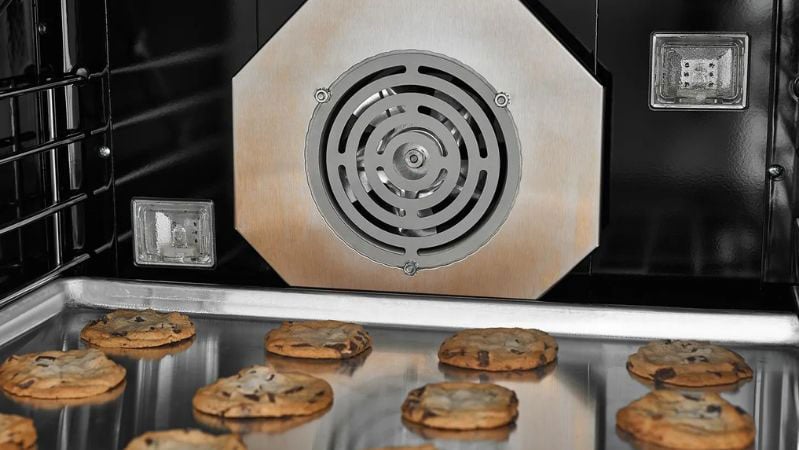
At Yale, we’ve given away thousands of free chocolate chip cookies. Every one of them is baked in a convection oven.
People focus on the cookie, not the consistency—but consistency is where convection ovens shine. Who can resist a fresh cookie?
Convection ovens give you better consistency and taste because the heat is blown from the back, making it more uniform.
In contrast, radiant ovens generate heat at the bottom, which rises to the top unevenly.
Pro Tip: Many convection ovens have a conversion button that automatically adjusts your recipe for convection baking.
Skip This: Cameras in Refrigerators

Samsung and the new Thermador Pro refrigerators have multiple cameras so you can see inside the refrigerator.
Cameras might stop you from buying that extra bottle of ketchup or, in my case, mustard or coconut water.
But honestly, I’m never worried about that extra jar because I know I’ll use it eventually.
So, cameras in a fridge? Not really a feature I care about.
Wi-Fi in refrigerators is decent for alerts, like when you’ve left the door open or need to change the filter.
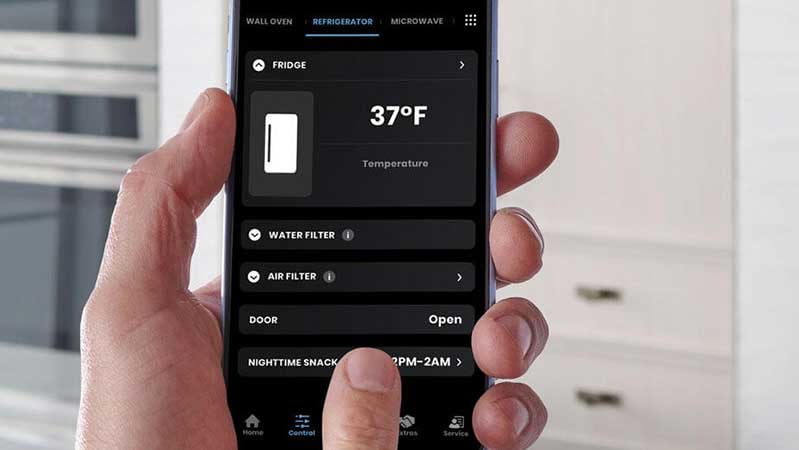
But are you really opening the app to adjust the temperature regularly?
Probably not.
And by the way, the cameras only work when the door is shut, so they won’t catch you sneaking that midnight snack in your PJs.
Look for This Instead: Convertible Drawers, Craft Ice, and Spill-Proof Shelves
As much as I’d love to see a manufacturer produce an ice dispenser that doesn’t break in a French door, there are still some worthwhile features out there.
You might like the idea of convertible drawers that can switch between refrigerator or freezer mode.
The variety of ice cube options, including slower-dissolving “craft ice,” is a nice touch, especially if you enjoy fine cocktails.
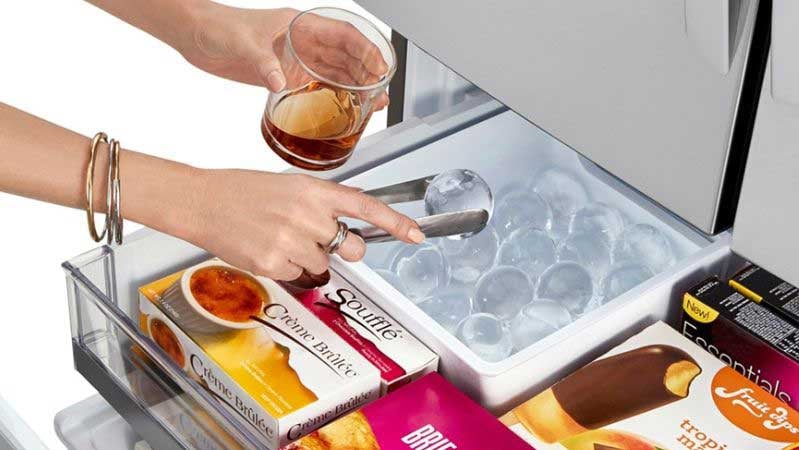
However, the best feature is the size increase for counter-depth refrigerators.
Amana introduced the first counter-depth model back in the 1990s at 19.9 cubic feet.
Now, LG’s Counter-Depth MAX is up to 26.5 cubic feet, so you can get a large refrigerator without it sticking out from your cabinetry.
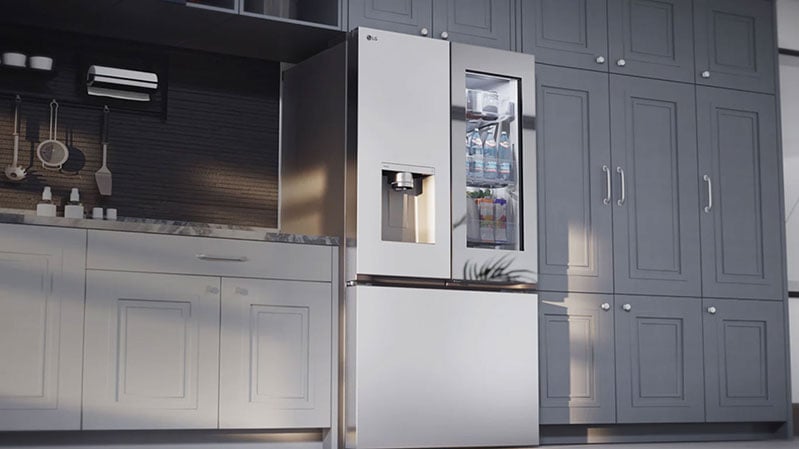
Lastly, why hasn’t any manufacturer copied Sub-Zero’s nanotechnology shelves?
Nanotechnology-coated shelving slows and congeals spills.
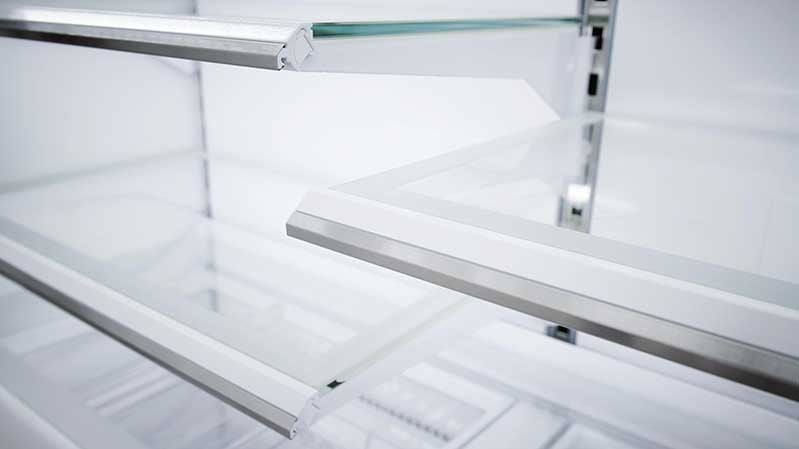
If you’ve ever cleaned your child’s juice spill in the fridge, you know you’ll be wiping up sticky bits for months.
Better shelving can prevent that.
Skip This: Ultra-Quiet Dishwashers and Too Many Cycles
This one is easy.
You won’t hear a dishwasher at 44 dB, even in an open kitchen, so paying more for a 37-42 dB model is unnecessary—unless it comes with other truly worthwhile features.
Take, for example, the new Miele G 7000 dishwashers. Their top model has 17 cycles.

Seventeen cycles—for what?
You need one for Pots and Pans, one for delicates, one for glassware, maybe a rinse, and a good drying feature.
Anything beyond that is probably overkill.
Look for This Instead: Essential Cycles and Reliable Drying

Focus on the core cycles you’ll actually use, like Pots and Pans, Delicate, and a solid drying cycle.
Most good dishwashers offer third racks, decent washing power, and plenty of cycles you’ll probably never touch.
Where many dishwashers fall short is drying.
Most stainless-steel dishwashers use “condensation” drying, which relies on heat from the wash, a rinse aid like JetDry, and time.
While this works well for solid items like plates, it often struggles with plastics.
That’s where Bosch dishwashers come in. Their CrystalDry feature, which uses volcanic elements, even dries plastics.
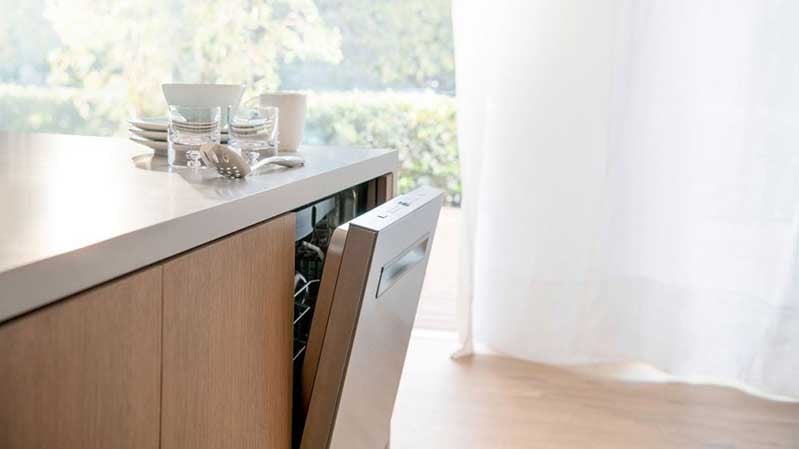
Miele and LG also do a great job in this department.
We’ve tested the major brands for both washing and drying performance—check out the results here:
Skip This: Too Many Washer Cycles
With the power of AI, this Samsung washer combo has 23 cycles with 32 options. If that’s not enough, you can even create your own.
You can also play YouTube or stream your Spotify playlist on this machine.
It can get lonely in the basement, so maybe a little entertainment helps—but let’s be real, it’s probably not on your list of must-haves.
Note: Give Samsung credit for even thinking of it.
GE and LG also offer over 30 cycles and options in their combos and top washers. I feel bad for my mom, who had just three cycles on her old Maytag.
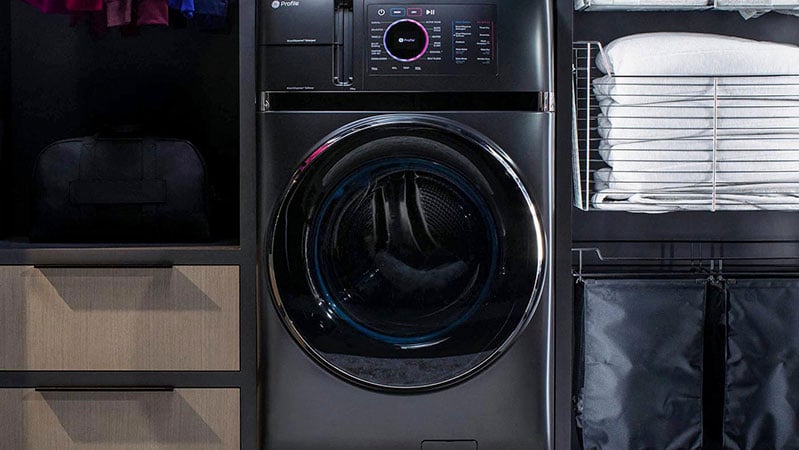
Back in 1986, we used to sell the Maytag “Fabricmatic,” which had only one speed. It had a delicate cycle, but it didn’t even slow the barrel for delicates.
Sure, special cycles for different clothes, five temperatures, and different spin speeds are all helpful.
But do you really need all of this? Probably not.
Look for This Instead: Automatic Dispensers
.jpg?width=799&height=450&name=LG-WashCombo-vs-WashTower-Auto-Dispensers-(1).jpg)
Automatic dispensers stop you from pouring too much detergent into your front-load washer.
Unlike top load washers, front load washers need far less detergent, and it’s easy to overdo it.
Too much detergent stays in the machine and can cause service problems later. With an automatic dispenser, you also get the convenience of not loading detergent every time.
GE has a 32-load dispenser, and Whirlpool offers a 40-load one.

Auto dispensers cost $100–200 more, but they’re worth it.
Bonus: Consider Heat Pump Dryers

I know you’re reading about washers, but heat pump dryers are “new” (first introduced in 1997) and worth considering.
Heat pump dryers use a compressor, evaporator, and air exchanger to recycle and dry air instead of pulling and venting it out like older models.
You’ll save about $150 per year with a heat pump dryer.
Skip This: Air Sous Vide on Conventional Ranges

Let’s take a look at the instructions for the “sous vide” mode on a conventional range.
You put your protein, vegetables, and sauces into an airtight bag (you can buy a machine on Amazon to “air-tight” your bags), press the sous vide button on the range, and wait two hours.
Then, you finish it off for texture on the stove.
Here’s the problem: Sous vide cooking is an immersion technique, not a dry one.
I doubt this cycle can really maintain the precise core temperature needed for proper sous vide cooking.
Look for This Instead: Real Sous Vide
If you’re considering a professional range, look for real sous vide technology like what SKS (Signature Kitchen Suite) offers.
Their 48-inch dual-fuel pro range has a built-in water bin on the cooktop for sous vide cooking—and it works.
All you need to do is fill the water bin, set the temperature, and start cooking. Of course, you’ll still need a vacuum sealer to make sure the bag is airtight before cooking.

Real sous vide keeps the water at a steady temperature, so your food cooks perfectly. It’s hard to overcook, and the results are great, even if you reheat the food later.
During an SKS training, they cooked a steak using the water bin, and it was unbelievable.
Skip This: Double Ovens
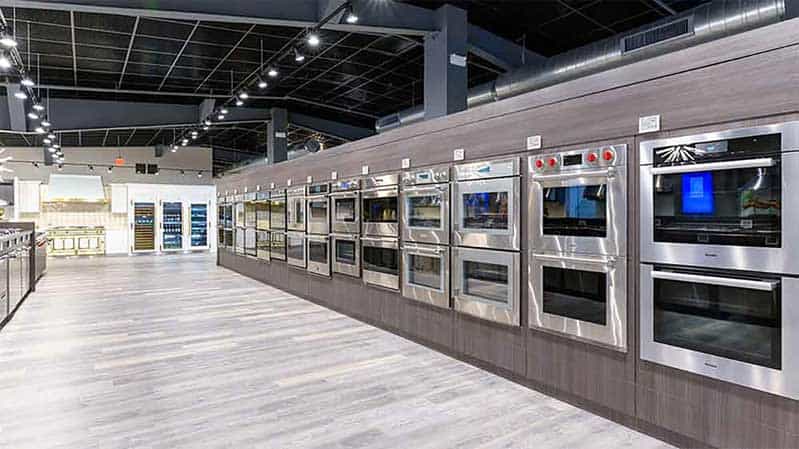
Double ovens aren’t bad—if you actually use both.
But, seriously, how many times do you need that second oven?
We all know what ovens do. They heat your food. But there might be a better way. Keep reading.
Look for This Instead: Steam or Speed Ovens
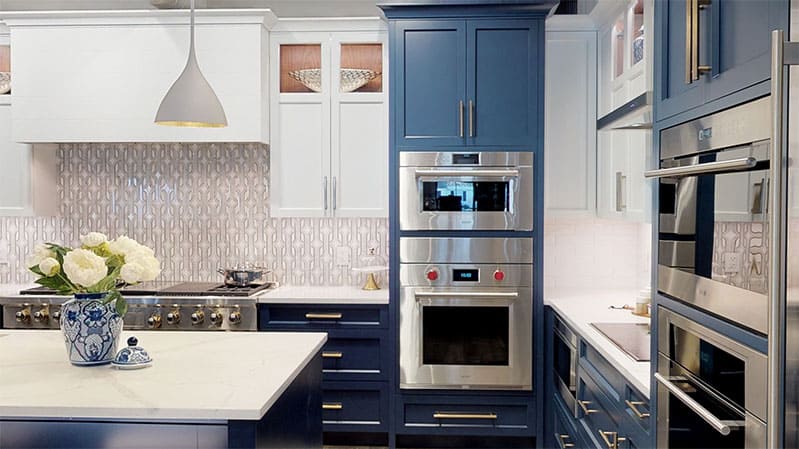
Steam Ovens: I’m convinced that steam is the best way to cook because it adds moisture. Food cooked in steam is far more flavorful.
Thermador even introduced a full-size steam oven that can cook your entire Thanksgiving dinner.
But if you want something more intuitive and easy to use, Wolf and Miele are top picks. Just hit a button, and the oven does the work.
It’s that simple.
Speed Ovens: Microwaves are basically reverse steam ovens—they target moisture to cook, which is why your food often comes out semi-shriveled.
Speed ovens combine convection with microwave power, so you get faster cooking without the rubbery texture.
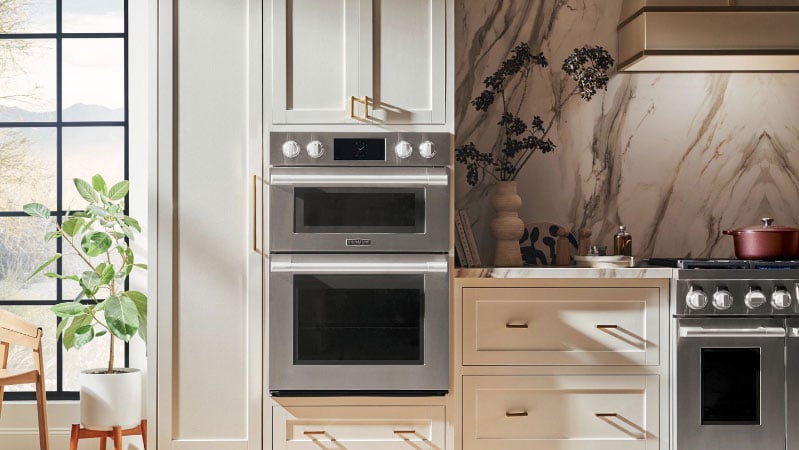
If you already use a double oven, that’s fine. But why not consider a steam or speed oven to really improve the way you cook?
Skip This: Extended Warranties
Extended warranties deserve their own 4,000-word article—and they probably will get one during our next update.
But for now, here’s the short version: you should avoid them, even though appliances break more than ever.
Manufacturer Extended Warranties
Lately, you’ll see manufacturers offering 7-year full warranties and up to 20-year warranties on certain parts.
Be careful with these.
Here’s what you need to know: most manufacturers don’t handle their own repairs.
They negotiate low labor rates with independent service companies, and these independents count on out-of-warranty work to be profitable.
With longer warranties, that’s just not happening. So, while you won’t pay for service for seven years, finding someone to actually perform the service will be a challenge.
Take a 20-year-old tub repair, for example. Replacing a tub is impossible, and I’d be shocked if a repair agent does it for free in years 5–20.
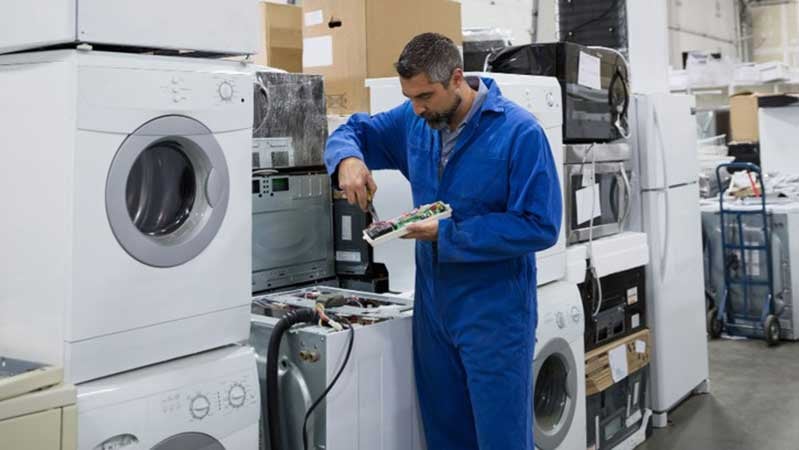
Store-Bought Warranties
You’ve probably noticed there are more inexpensive extended warranties available than ever before.
But here’s the catch: these companies promoting cheap warranties all have one thing in common—they don’t employ a single technician.
Lack of tech support isn’t a problem until you have a problem. And trust me, you will have problems with your appliances.
Most will be minor, but some won’t, and those will affect how you use—or don’t use—your appliance.
Look for This Instead: Warranties from Stores with Service Departments
At Yale, we have 38 technicians and handle 40,000 service calls in Boston, just for people who buy from us.
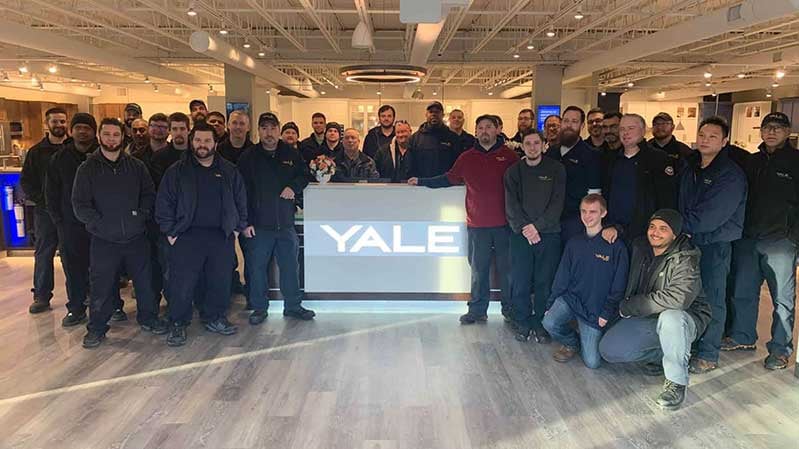
Service is such a problem that we can’t even fix appliances for customers who bought elsewhere.
Extended warranties on French door refrigerators and professional ranges? Smart purchase. You’ll need service at least once within five years.
So, buy the warranty from a store that can actually fix the problem.
And don’t forget to check reviews if you want good service. Right?
Key Takeaways
You probably don’t need 17 dishwasher cycles when you only use three.
I love playing my favorite music from my washer, but honestly, I’d rather have an automatic dispenser.
A lot of the features introduced in the last 40 years are ones you might never use.
That said, there are still plenty of worthwhile options and tech to make life easier in your kitchen and laundry room.
Additional Resources
Ready to Upgrade Your Kitchen? 🏡 Download our Appliance Buying Guide for in-depth reviews of top brands like Wolf, Miele, Thermador, and more.
Get expert tutorials, top 10 buying questions, and reliability reports based on 37,000 service calls.
Don’t miss out—click here to download now!
Related Articles:




.jpg?width=1200&height=675&name=Cafe-Appliances-in-Stainless-Steel%20(1).jpg)


